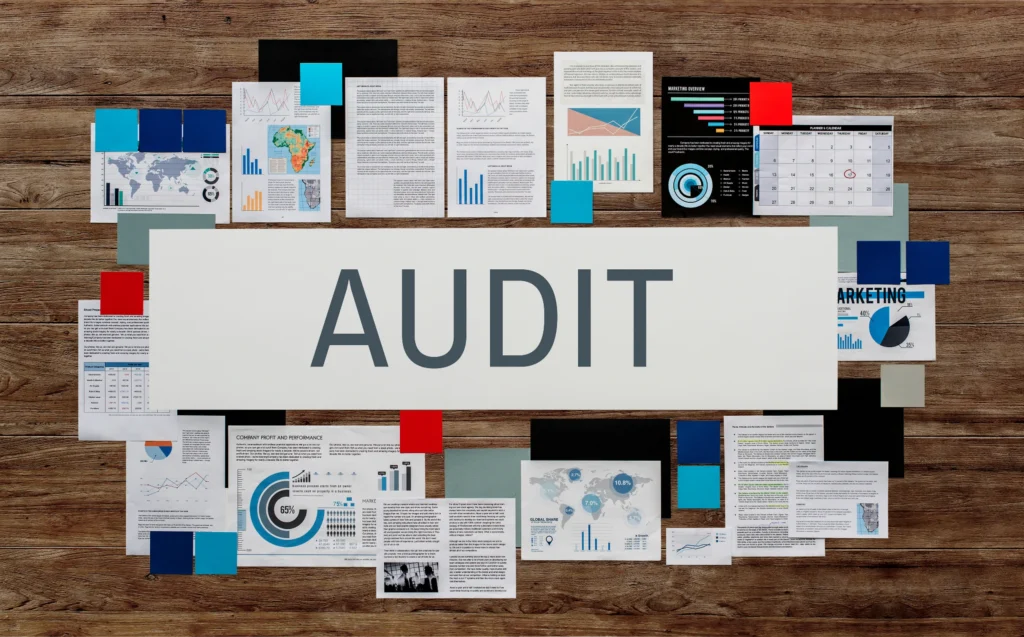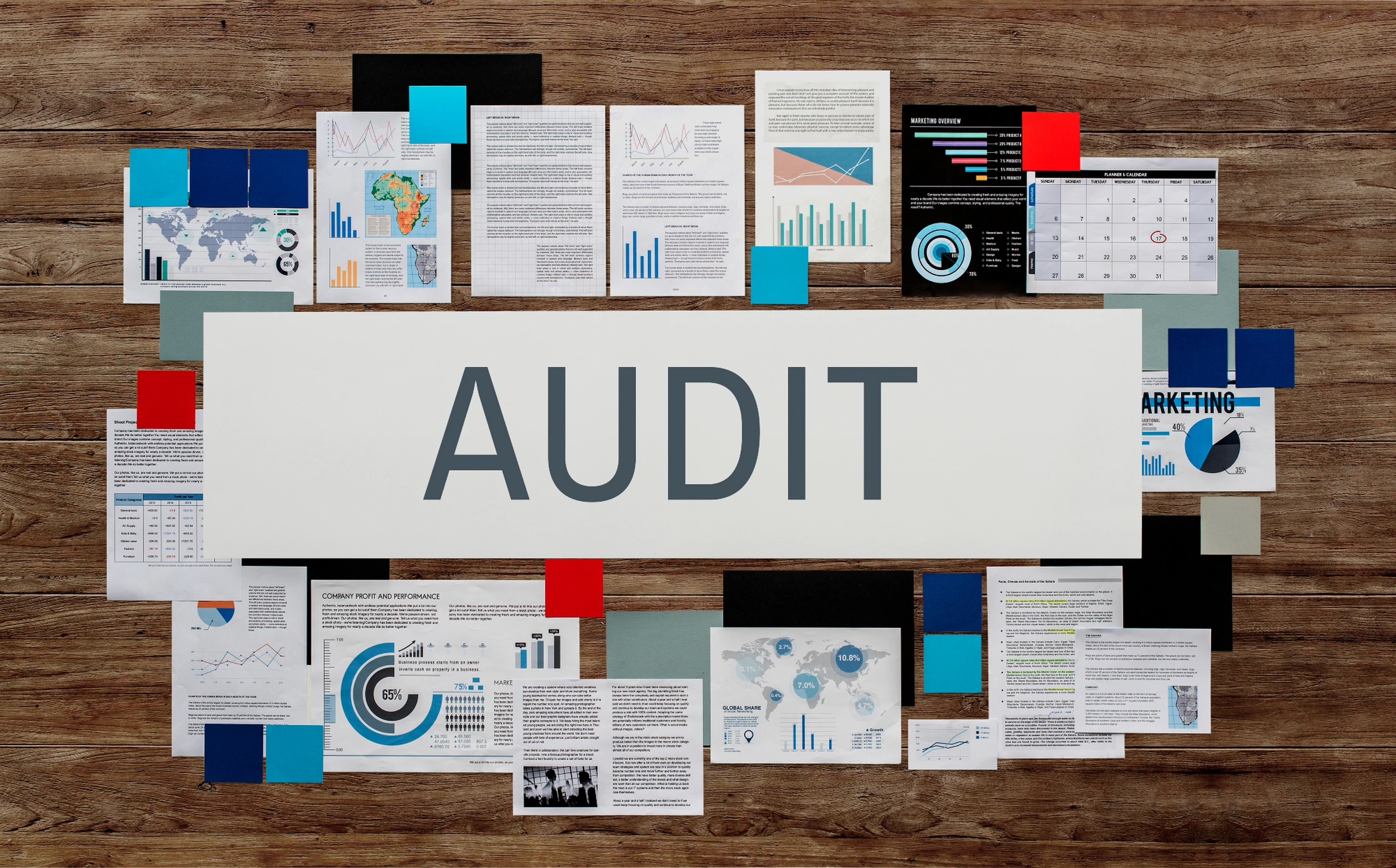Content Audits: A Step-by-Step Guide

Content Audits: A Step-by-Step Guide
In the digital age, content is more than just king—it’s the backbone of discoverability, credibility, and conversion. But creating content alone isn’t enough. To ensure your digital assets continue delivering value, you need a clear, repeatable strategy to evaluate what’s working and what’s not. That’s where a content audit comes in.
A content audit isn’t just a checklist—it’s a powerful diagnostic tool that enables businesses to improve SEO performance, enhance user experience, identify gaps, and realign their content with evolving business goals. In this comprehensive guide, we’ll walk you through a step-by-step approach to executing a successful content audit and transforming your content into a high-performing asset.
🧠 Why Conduct a Content Audit?
Before jumping into spreadsheets and analytics tools, it’s essential to understand why a content audit matters. Content audits are a cornerstone of any high-performing content strategy. They help you:
✅ Improve SEO Visibility
Audit your content for keyword usage, metadata, internal linking, and backlinks to identify areas for optimization.
Example: A SaaS blog post ranking on page two of Google can be optimized through keyword refinement and refreshed content to move it to page one—where 75% of users click.
✅ Ensure Content Quality
Outdated or poorly written content can damage your credibility. Audits help maintain accuracy, depth, and readability.
Real World Insight: According to HubSpot, updating old blog posts with new information can increase traffic by over 100%.
✅ Identify Content Gaps
A structured review helps you discover missing pieces—topics your competitors cover but you don’t, or questions your audience is asking but you’re not answering.
✅ Optimize for Conversions
Evaluate which content leads to form submissions, newsletter signups, or product purchases. Then replicate what works.
✅ Allocate Resources More Effectively
Instead of blindly creating new content, a content audit helps you maximize ROI by improving existing assets with high potential.
🚀 Step-by-Step Guide to Running a Content Audit
Let’s dive into a proven, nine-step framework to conduct a thorough content audit.
Step 1: Define Clear Goals
Before you begin gathering URLs or crunching metrics, step back and ask: What are you trying to achieve?
Common Audit Goals:
- Boost SEO rankings
- Improve conversion rates
- Enhance UX
- Reinforce brand voice and messaging
- Clean up outdated or redundant content
Tip: Tie each goal to a specific metric. For SEO, track organic traffic and keyword rankings. For conversions, monitor form submissions or purchases.
Step 2: Inventory Your Content
Next, you need a full inventory of your digital content. This can include:
- Blog posts
- Product/service pages
- Landing pages
- eBooks and whitepapers
- Infographics and videos
- Resource libraries or FAQs
Tools to Help:
- Screaming Frog SEO Spider – Crawl your site to extract all URLs.
- Google Analytics / Search Console – Identify pages with traffic and impressions.
- ContentKing or SEMrush – Provide performance insights and SEO health data.
- Manual Spreadsheet – For small websites, a hand-curated list may be enough.
Pro Tip: For enterprise-level audits, export data from multiple sources into a central spreadsheet or content audit platform for better tracking.
Step 3: Categorize Your Content
Organize your inventory to make it easier to analyze. Consider breaking content down by:
- Content Type: Blog, landing page, FAQ, etc.
- Primary Topic or Keyword
- Buyer’s Journey Stage: Awareness, consideration, decision
- Performance Metrics: Traffic, bounce rate, conversions
Suggested Spreadsheet Columns:
- URL
- Page Title
- Publication Date
- Word Count
- Organic Traffic
- Bounce Rate
- Conversion Rate
- Keyword(s)
- Content Type
- Target Audience
- Notes/Action Needed
Template Suggestion: Use Google Sheets or Airtable to create an audit dashboard you can update over time.
Step 4: Analyze Performance Metrics
Now it’s time to assess what’s working. Use your defined goals to filter and evaluate content based on performance.
Metrics to Track:
- Traffic: Unique visitors, page views, sessions
- Engagement: Time on page, bounce rate, scroll depth
- SEO: Keyword rankings, backlinks, CTR
- Conversions: Form submissions, sales, sign-ups
- Social Proof: Shares, comments, and likes
Real Example: If a blog post has high impressions but a low CTR, it may need a better title or meta description. If it ranks well but has a high bounce rate, the content might not match user intent.
Step 5: Evaluate Content Quality
Performance metrics are only part of the picture. It’s critical to assess qualitative aspects too.
Questions to Ask:
- Is the content still relevant to your current audience?
- Is it factually accurate and up to date?
- Does it have sufficient depth to answer user queries?
- Is the structure clean, with proper headings, bullet points, and readable formatting?
- Does it reflect your brand voice and tone?
Tool Tip: Use Grammarly for grammar checks and Hemingway Editor for readability analysis.
Step 6: Identify Gaps and Opportunities
This is where strategic insights start to surface.
Look for:
- Missing Topics: Are there competitor keywords or FAQs you haven’t addressed?
- Thin Content: Pages under 300 words or lacking value.
- Duplicate Content: Similar articles targeting the same keyword.
- Outdated Content: Old stats, broken links, irrelevant references.
- Under-optimized Pages: Content with SEO potential but missing key metadata or internal links.
Competitive Audit Tip: Use Ahrefs or SEMrush to compare your content against competitors and find high-potential gaps.
Step 7: Create an Action Plan
Once you’ve assessed each piece of content, sort them into these categories:
🔵 Keep:
Content performing well with no changes needed.
🟠 Update:
Content that has potential but requires optimization. Tasks may include:
- Refreshing stats
- Adding internal/external links
- Updating target keywords
- Enhancing visuals or videos
- Refining CTAs
🔴 Remove:
Outdated, irrelevant, or duplicate content that may hurt SEO.
Important: When removing pages, use 301 redirects to preserve SEO value or combine with related pages.
Step 8: Implement the Changes
With your action plan in place, start executing the updates—starting with high-impact content that aligns with your goals.
Best Practices:
- Use SEO plugins like Yoast or RankMath to optimize meta tags and schemas.
- Ensure mobile responsiveness using Google’s Mobile-Friendly Test.
- Check page speed and loading times with PageSpeed Insights.
- Make content accessible by following WCAG standards (add alt text, use heading tags, etc.).
Example: A blog post updated with internal links, new images, and current stats could increase page time and reduce bounce rate by over 30%.
Step 9: Track and Monitor Progress
After implementation, track how changes affect your KPIs.
Tools to Use:
- Google Analytics: Monitor changes in page views, bounce rate, and conversions.
- Google Search Console: Watch for improvements in impressions, CTR, and keyword positions.
- SEMrush / Ahrefs: Track backlink growth and competitive SEO visibility.
Schedule a quarterly audit to keep your content healthy, accurate, and aligned with business goals.
🔚 Conclusion
A content audit isn’t just a one-time activity—it’s an ongoing strategy for optimizing performance, maintaining quality, and staying competitive in the digital space. Whether you’re a content marketer, SEO specialist, or business owner, regular content audits can save you time, reduce wasted effort, and amplify your returns on content investment.
By following this step-by-step framework, you can transform your existing content into a growth engine that drives more traffic, engages more users, and supports long-term business success.


